Government-owned Energy Queensland has commenced the development of a $6 million facility that will enable rigorous testing of a wide range of energy solutions to ensure they can be seamlessly integrated into the electricity network or used as an off-grid alternative. The Microgrid and Isolated Systems Test facility will be the first large-scale facility of its kind in Queensland and will feature some of the most cutting-edge technology in the energy sector.
“The brains of the new facility is a supercomputer, or real-time digital simulator, which can simulate and model equipment and capture data in very high detail,” Energy Minister Anthony Lynham said. “We want to tap into technology that helps deliver affordable, reliable, sustainable and safe energy solutions to communities across Queensland, but we have to ensure it is the right fit first.”
The new hi-tech facility that will be built at Ergon’s existing Spence Street site is described as a win-win for Cairns and Energy Queensland. It will investigate more efficient options to supply remote communities and customers on the fringes of the grid across Queensland, where it makes sense for economic and environmental reasons. On top of that, the hub will support up to 70 jobs for the region.
The Microgrid and Isolated Systems Test facility will incorporate and build on the success of Energy Queensland’s Innovation Lab launched in Cairns in 2016, where testing of solar PV systems and battery storage has assisted the development of national safety standards and an intelligent grid.
Principal Engineer Technology Innovation Alan Louis said the facility will help new technologies connect to the National Electricity Market grid. “This helps us enable new technologies to connect to the grid so that more Queenslanders can harness the power of solar without impacting the security of the network or quality of supply,” he said. “By enabling the integration of high levels of centralized and distributed renewables and energy storage, we can reduce costly diesel consumption in isolated communities.”
The world’s largest supercomputer dedicated to energy efficiency and renewable energy is housed at the U.S. Department of Energy’s National Renewable Energy Laboratory (NREL). Last year, the original system was replaced with the ultra-efficient Eagle high-performance computer, capable of carrying out 8 million-billion calculations per second, thus efficiently tripling the laboratory’s computing capability.
This content is protected by copyright and may not be reused. If you want to cooperate with us and would like to reuse some of our content, please contact: editors@pv-magazine.com.
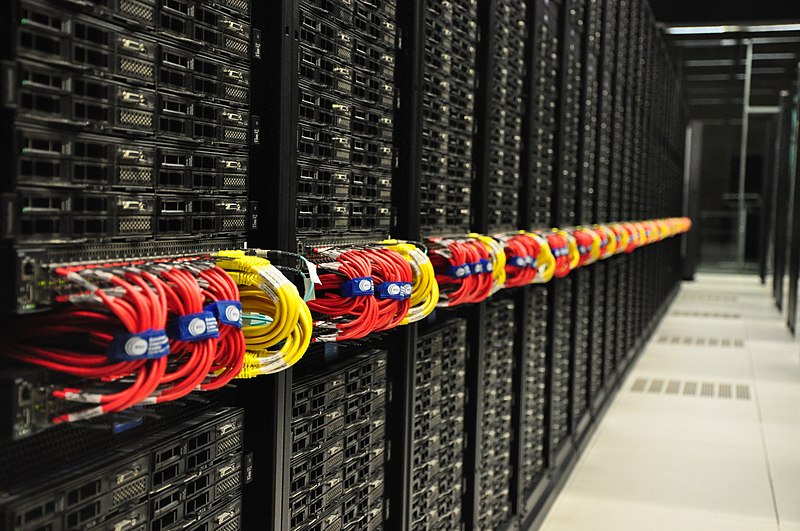
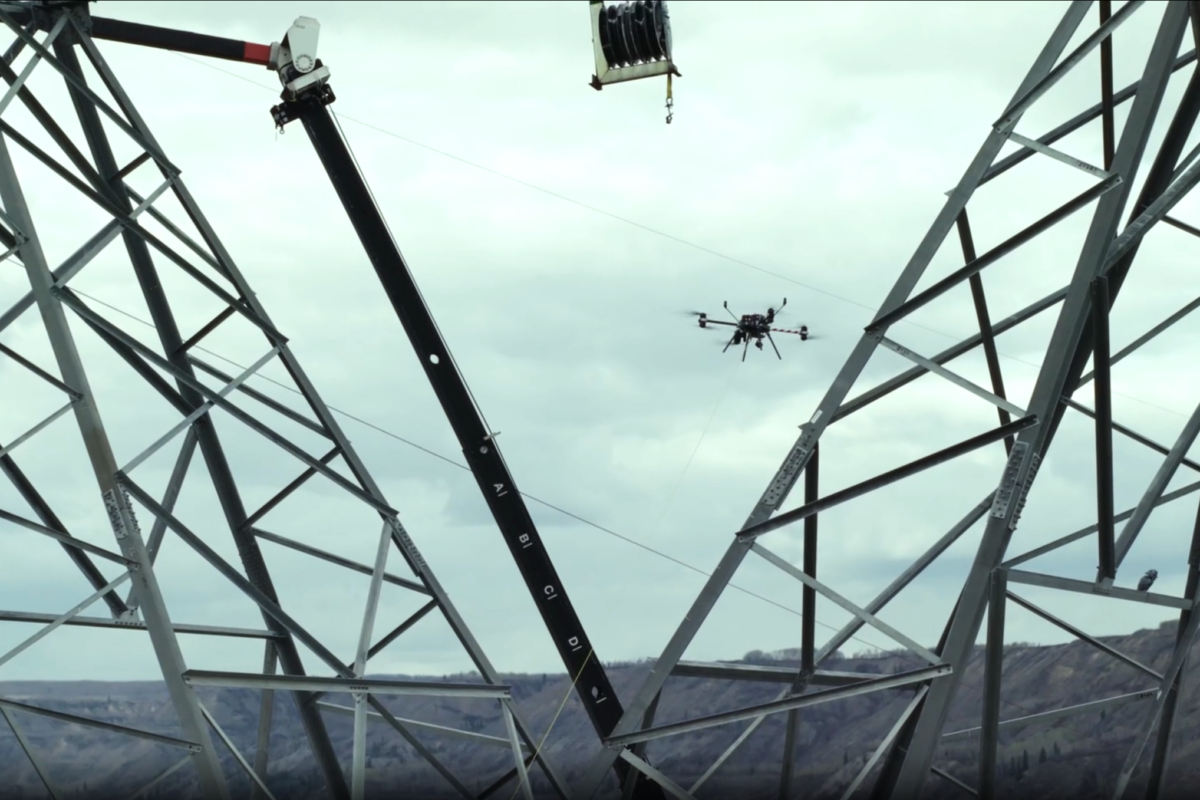


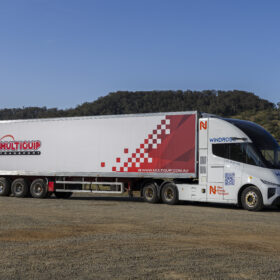
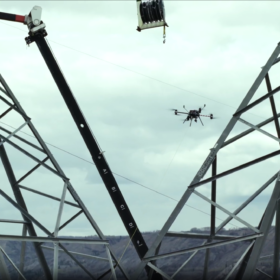
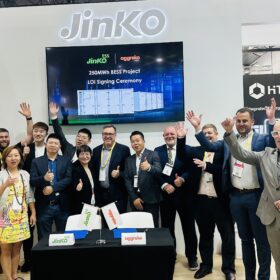
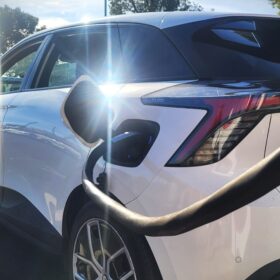

“Government-owned Energy Queensland has commenced the development of a $6 million facility that will enable rigorous testing of a wide range of energy solutions to ensure they can be seamlessly integrated into the electricity network or used as an off-grid alternative. The Microgrid and Isolated Systems Test facility will be the first large-scale facility of its kind in Queensland and will feature some of the most cutting-edge technology in the energy sector.”
In the scientific sector, it is super computers that are now used to design and test nuclear explosions with a fair amount of accuracy, without having to build a device and permeate an under ground test to see how it ‘really’ works. Parsing through the data on solar PV, wind, CSP and storage technologies could well bring the ‘pairings’ of non-fueled generation and energy storage technology that should be applied to a specific area.